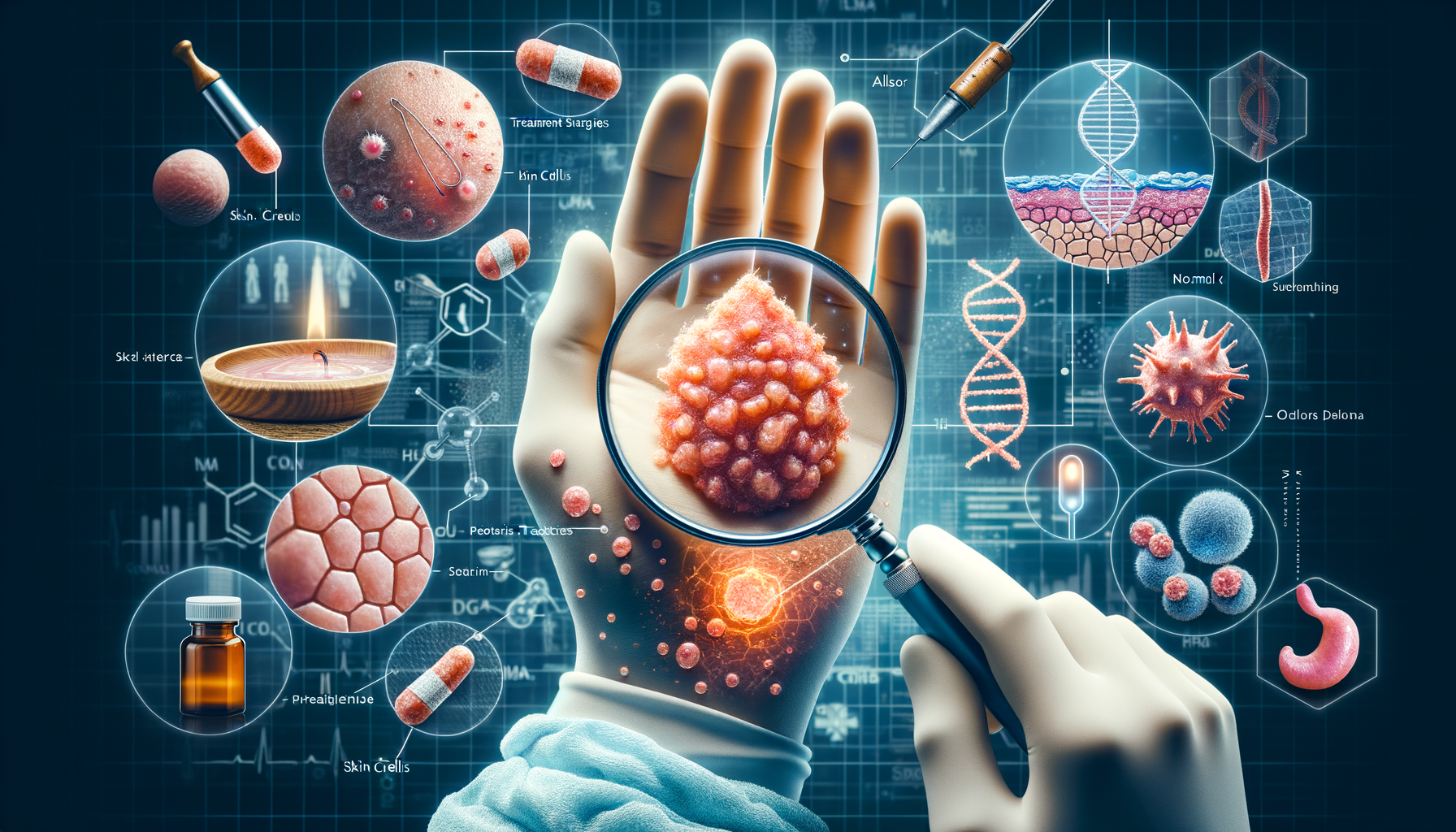Understanding Genital Psoriasis: A Closer Look
Genital psoriasis, a form of psoriasis that affects the sensitive skin around the genital area, can be particularly challenging both physically and emotionally. Understanding this condition is the first step in managing it effectively. Psoriasis, in general, is an autoimmune disorder characterized by red, scaly patches on the skin. When it manifests in the genital area, it can be mistaken for other conditions, leading to misdiagnosis and inappropriate treatments.
The skin in the genital region is thinner and more sensitive, which means that the symptoms of psoriasis, such as redness, itching, and discomfort, can be more pronounced. This can significantly impact a person’s quality of life, affecting their relationships and self-esteem. It’s important to differentiate genital psoriasis from other conditions like yeast infections or sexually transmitted infections, as the treatment approaches differ significantly.
Common symptoms include well-defined red patches, often without the thick scales typical of psoriasis found elsewhere on the body. The absence of scales is due to the moist environment of the genital region. Patients may also experience a burning sensation or severe itching, which can lead to scratching and further irritation. Recognizing these symptoms early can lead to a more accurate diagnosis and effective treatment plan.
Diagnosis and Common Misconceptions
Diagnosing genital psoriasis can be tricky due to its similarity to other dermatological conditions. Healthcare professionals typically conduct a physical examination and may perform a biopsy to confirm the diagnosis. However, misconceptions about this condition can lead to delays in seeking treatment. Many individuals may feel embarrassed or hesitant to discuss symptoms with their healthcare provider, exacerbating the problem.
One common misconception is that genital psoriasis is contagious, which is not the case. It is an autoimmune condition and cannot be transmitted through physical contact. Another misunderstanding is that it is related to poor hygiene. These myths can contribute to stigma, making individuals less likely to seek help.
Educating patients about the nature of psoriasis and encouraging open communication with healthcare providers can help dispel these myths. Support groups and counseling can also be beneficial, providing a space for individuals to share experiences and coping strategies. Accurate diagnosis and education are key components in managing genital psoriasis effectively.
Treatment Options: Topical and Systemic Approaches
Treating genital psoriasis requires a delicate balance due to the sensitivity of the area. Topical treatments are often the first line of defense. These may include corticosteroids, which help reduce inflammation and itching. However, due to the risk of skin thinning, they should be used under the guidance of a healthcare provider.
Calcipotriene, a vitamin D derivative, is another topical option that can slow down the growth of skin cells. It’s often used in combination with corticosteroids for enhanced effectiveness. Moisturizers and emollients are also essential in managing dryness and irritation, providing a protective barrier to the skin.
For more severe cases, systemic treatments may be necessary. These include oral medications or biologics that target specific parts of the immune system. Phototherapy is another option, although its application in the genital area is limited due to the risk of burns. Each treatment plan should be tailored to the individual’s needs, considering factors such as the severity of symptoms, overall health, and lifestyle.
Lifestyle Modifications and Self-Care Strategies
In addition to medical treatments, lifestyle modifications and self-care strategies play a crucial role in managing genital psoriasis. Stress management is vital, as stress can trigger or worsen psoriasis flares. Techniques such as meditation, yoga, or deep breathing exercises can be beneficial.
Dietary changes may also help, although more research is needed in this area. Some individuals find that reducing alcohol consumption and avoiding foods that trigger inflammation, such as processed foods and red meat, can improve their symptoms. Maintaining a healthy weight is also important, as obesity is a known risk factor for psoriasis.
Good hygiene practices are essential, but it’s important to avoid harsh soaps and hot water, which can irritate the skin. Opting for gentle, fragrance-free products and lukewarm water can help maintain skin integrity. Wearing loose-fitting, breathable clothing can also reduce irritation and promote healing.
Emotional and Psychological Support: Breaking the Stigma
Living with genital psoriasis can take a toll on an individual’s emotional and psychological well-being. The stigma associated with the condition can lead to feelings of isolation, anxiety, and depression. It’s important for individuals to seek support, whether through professional counseling or support groups.
Therapy can provide a safe space to explore feelings and develop coping mechanisms. Cognitive-behavioral therapy (CBT) is particularly effective in helping individuals challenge negative thought patterns and improve their mental health. Support groups, both in-person and online, offer a community of individuals who understand the challenges of living with psoriasis.
Breaking the stigma involves open dialogue and education. By raising awareness about genital psoriasis and its impact, we can foster a more supportive and understanding environment. Encouraging individuals to share their experiences can also empower others to seek help and advocate for their health.




Leave a Reply